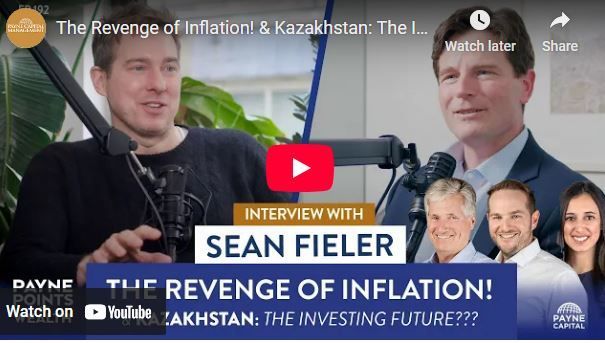Equinox Partners Precious Metals, L.P. - Q4 2020 Letter
Dear Partners and Friends,
yearend Top-five holdings
MAG Silver
MAG’s Juancipio joint venture is one of the world’s highest-grade silver mine. At an eventual 8,000 tonnes per day of production, the joint venture will produce 10 million ounces of silver per year at a cash cost of less than zero. For Mag’s 44% net interest, the JV will generate 4.4 million ounces. With spot silver over $25 USD per ounce, that equates to ~$100m in pre-tax free cash flow for MAG. The JV can sustain this level of production for more than a decade based on the existing resource, and there is good reason to believe that the deposit will grow in size as the joint venture identifies other economic orebodies on the joint venture property.
Despite the quality of the Juancipio joint venture, MAG Silver has long traded at a discounted valuation because of Fresnillo’s bad behavior as the majority partner in the joint venture. Fresnillo’s decision to slow walk the investment decision at Juancipio as they pushed ahead with their 100% owned properties infuriated MAG shareholders. With production fast approaching, however, the concerns about the timeline have begun to recede and the value of MAG has increased accordingly. While there could be further delays to the timeline, given the decline in production elsewhere in the Fresnillo district, Fresnillio is as motivated as MAG at this point to bring the Juancipio joint venture into production.
More importantly, with MAG now fully financed and Peter Barns assuming the Chairmanship of MAG this past summer, the company is well positioned to demonstrate its credentials as a savvy capital allocator. The joint venture should enjoy many years of high free cash flow as well as high-return investment opportunities. Given Peter Barn’s background at Wheaton Precious Metals, we expect he will clearly communicate a sophisticated financial approach to develop the joint venture and thereby achieve a premium valuation.
West African Resources
Richard Hyde, a geologist, founded West African Resources in 2006 with the hopes of finding a deposit he could sell to a developer. After years of looking, WAF acquired what would become the Sanbrado gold project in January of 2014. In 2016, the company drilled discovery holes, and by 2018 Richard and his team were ready to sell the highly economic 2.8m ounce deposit that they had discovered. There was just one problem, there were no buyers. Despite the technical and financial merits of the project, no gold mining companies in West Africa made a bid. So, Richard and his team were left to develop the asset themselves.
The equity offering of West African Resources in December of 2018 was a disaster. The underwriters were unable to sell their shares to the market at the agreed-upon price, and they took a discount to get West African Resources’ paper off their books. The mining process was straightforward, the grade was high, Richard had a seasoned team, and the market wanted out.
Despite the cool reception from the equity market, Richard managed to hire Lycopodium to construct the mine with a fixed bid and finance the project without any hedges. This unencumbered exposure to higher metal prices has enabled the company to fully participate in rising metals prices. And, Lycopodium brought the project in on-budget and ahead of schedule. In commercial production since June of this year, the Sanbrado mine has exceeded its design capacity, and is on track to produce 300,000 ounces of gold at a cash cost of less than $500 USD this year. This first year of production will allow West African Resources to pay back the capital they raised to build the project ahead of schedule and begin paying a meaningful dividend.
Since making a production decision at Sanbrado in 2018, Richard and his team have grown West African’s Resources’ attributable ounces by 50% through the drill bit at Sanbrado and through the acquisition of the Toega project from B2 Gold in the summer of 2020. The Teoga project is particularly significant because it allows West African Resources to extend their production profile with high-grade ore from a deposit that is just 10 miles away from their Sanbrado mill.
Despite West African Resources’ three-year string of unmitigated success, the company still trades at a 50% discount to NAV. We find this surprising. Not only have Richard and his team proven themselves to be astute operators, but they are well aligned with their minority shareholders. Insiders own 2.5% of the company. The combination of patience and persistence that Richard and his team have shown over the past fifteen years should merit a premium not a discount to the market in our opinion.
Pan American Silver
With all of Pan American’s mines except for Timmins placed on care & maintenance due to the coronavirus in the second quarter, 2020 was a difficult year for Pan American. As of the middle of Q3, all the impacted mines were back up and running, though not all at the same rate as before the shutdown. In particular, the company’s underground operation in Canada and all its operations in Peru continue to perform at a higher cost and lower throughput than before the Q2 shutdowns. When the virus eventually blows over we expect these operations to return to normal, and we do not believe any of the impacted assets have been impaired.
Despite the headwinds of the coronavirus, Pan American continues to generate strong free cash flow in large part due to higher silver and base metals prices. Accordingly, the company will end of 2020 with a net cash position of more than $300m USD. This cash position gives Pan American the flexibility to easily internally finance the development of the La Colarda scarn deposit, make an acquisition, or develop another one of its portfolio assets.
Despite its well-regarded management team, long-term oriented board, successful track record, scale, and exposure to silver, Pan American trades right at our 5% NAV using spot commodity prices. This is surprisingly reasonable valuation for the third largest silver producer in the world. Going forward, we don’t expect any aggressive moves from the steady management of Pan American. We expect Michael Steinmann and his team to continue to compound the intrinsic value of the company and the shares to rerate as operations return to normal.
K92
K92 has been on a remarkable trajectory since acquiring the Kainantu project from Barrick in June of 2016. Having secured the property, John Lewins and his team promptly proceeded to bypass the geologically complex deposit that Barrick drilled and focus their attention instead on the adjacent Kora deposit. They raised $26m CAD in 2017 and began drilling into the Kora deposit. This decision quickly became financially self-sustaining as the development ore produced 10 g/tonne material.
In 2018, K92 built a plant out of its cash flows capable of processing 2,000 tonnes per day of underground ore. Over the past three years, not only has K92 developed the two high grade veins that they discovered in 2018, but they have also identified a third vein system capable of supporting much higher throughput. To develop phase three of the Kainantu mine, however, K92 needs a permit expansion and extension from the government of Papua New Guinea. Given the tensions surrounding the Porgera mine which is jointly controlled by Xijin Mining and Barrick Gold, the market is not giving K92 the benefit of the doubt with respect to this permit application. We think this pessimism is misplaced.
The Porgera mine is in a fundamentally different situation from Kainantu. First, Barrick was able to negotiate a very attractive tax break when they first invested in Porgera in 1997, and now the government of PNG is eager to renegotiate that agreement. Second, the Porgera mine has a substantial environmental clean-up coming at the end of the mine-life due to its tailings deposits in a local river. K92 doesn’t dump tailings nor do most other mining operations in the world today. This pending clean up, in addition to the modest tax receipts, has put Porgera squarely in the PNG government’s crosshairs. K92, on the other hand, is viewed as a model corporate citizen with a mine that predominantly employs locals while improving the community and paying taxes at the same time.
Finally, it is worth pointing out that if the government of PNG does not give K92 the permits to develop the third phase of its deposit, PNG cannot reassign that right to any other company. Phase 3 would just be an unexploited asset next to K92’s existing mining operations that K92 will retain ownership over. So, it is in the interest of K92 and PNG to come to a commercial agreement. This agreement will likely mean higher taxes, but given the success Barrick has had in the initial negotiations around Porgera, we expect this increase will be in the rage of 10%, increasing PNG’s total take to just over 40% of the mine’s economics. At this tax rate with Phase 3 going ahead, K92 trades at half of NAV. This is especially cheap for such a high grade mine with excellent exploration upside.
Bear Creek
Bear Creek is on the verge of financing its fully-permitted Corani project in Peru. The company has all its permits in place and has been working on a financing package for more than a year. If the company can secure 70%+ of the required $600m USD via an off-take agreement and debt package, its stock should rerate dramatically.
The project to be financed, Corani, is one of the largest undeveloped silver mines in the world. With 225m ounces of silver reserves, 2.7b pounds of lead, and 1.8b pounds of zinc, the contained metal value of the deposit exceeds $10 billion USD. Per the company’s December 2019 feasibility study, the project has an IRR of +20% and an NPV of $531m. With silver, zinc, and lead prices up substantially since late 2019, the project’s IRR and NPV have improved sharply.
There are two principal sticking points for the project: banks’ willingness to finance greenfield projects and Peruvian politics. The coronavirus downturn had clearly had a negative impact on the financial wherewithal of the banks that might finance such a project. Accordingly, good projects like Corani are being slow walked and then stuck in credit committees. With respect to Peruvian politics, the impeachment of President Vizcarra with just five months left in his term reminded investors once again that all is not well in Peru. As a result, lenders will likely want to wait until the after the presidential election of 2021 before extending a multi-year loan to Bear Creek.
For the company’s part, Tony Hawkshaw, Alan Hair, and Eric Caba are technically well qualified to negotiate and structure the necessary offtake agreements. We’ve also been pleased with the company’s prudence with respect to shareholder dilution. Bear Creek’s modest recent equity issuance is a case in point. This financial prudence, we believe, is a result of insiders’ ownership and a concentrated shareholder base.
Precious Metals Mining FUND
In order to accommodate more and varied onshore and offshore investors, we launched a precious metals mining fund on January 1st called Equinox Partners Precious Metals Fund. The fund will mirror the investments in our dedicated mining managed accounts. We’d welcome inquiries into either vehicle.
Sincerely,
Equinox Partners Investment Management
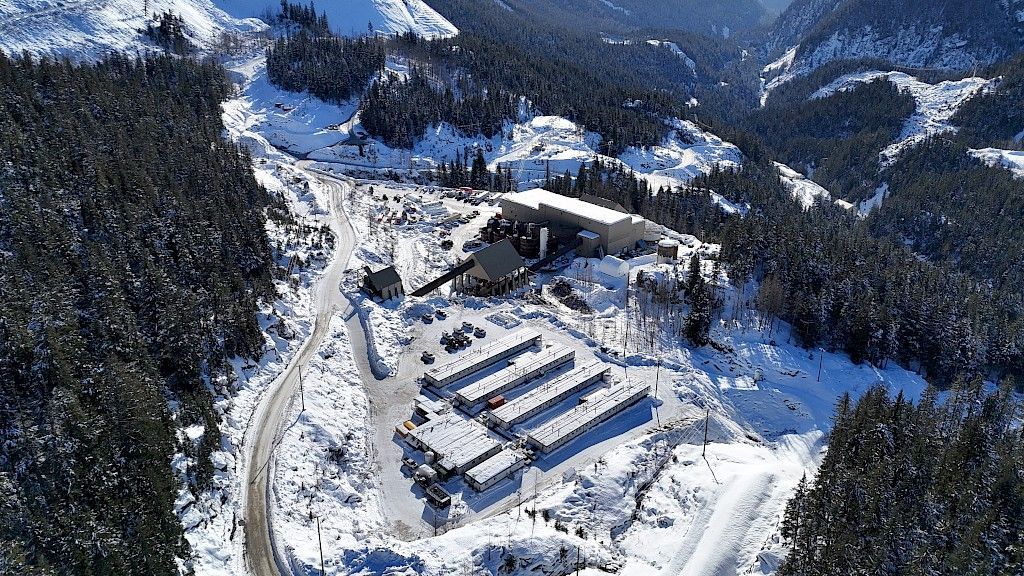
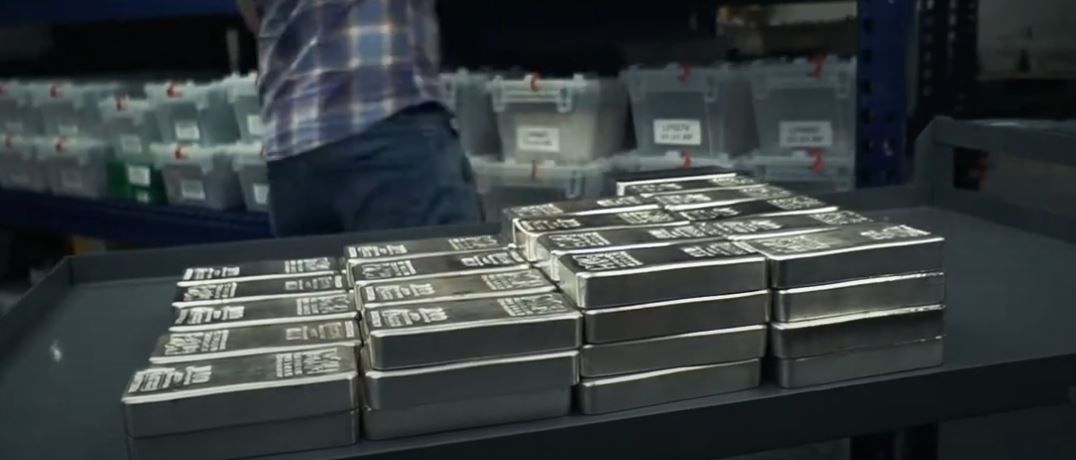

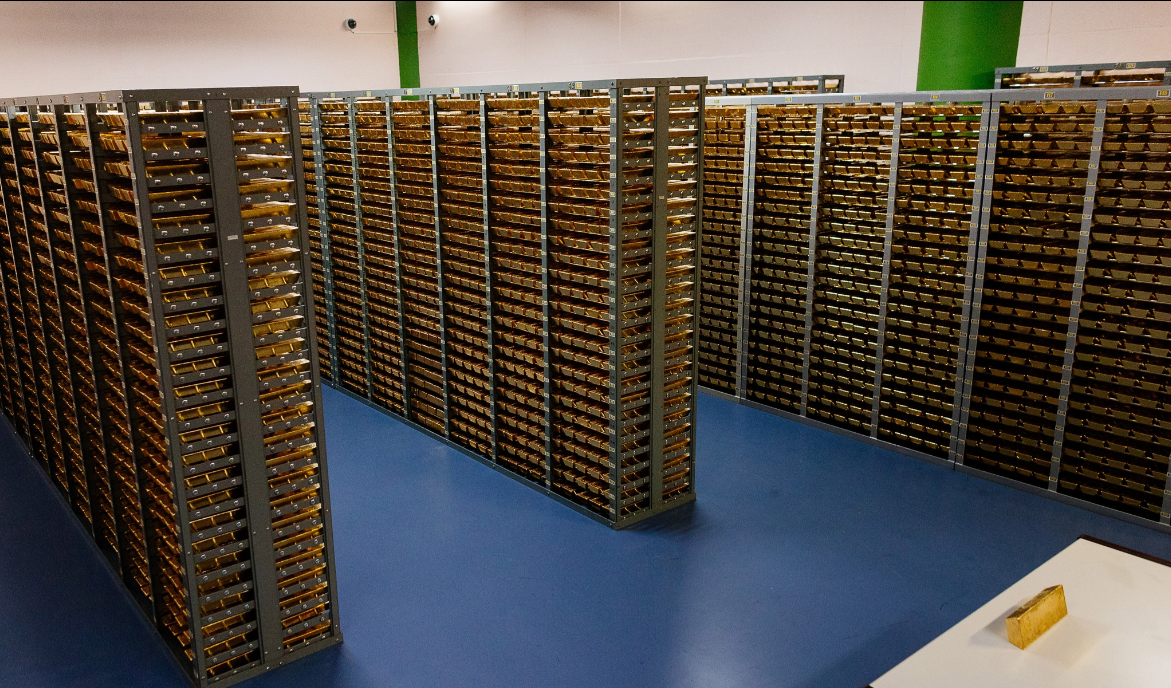
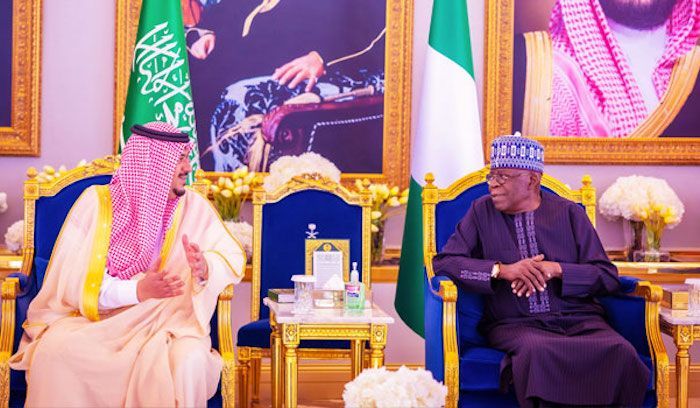
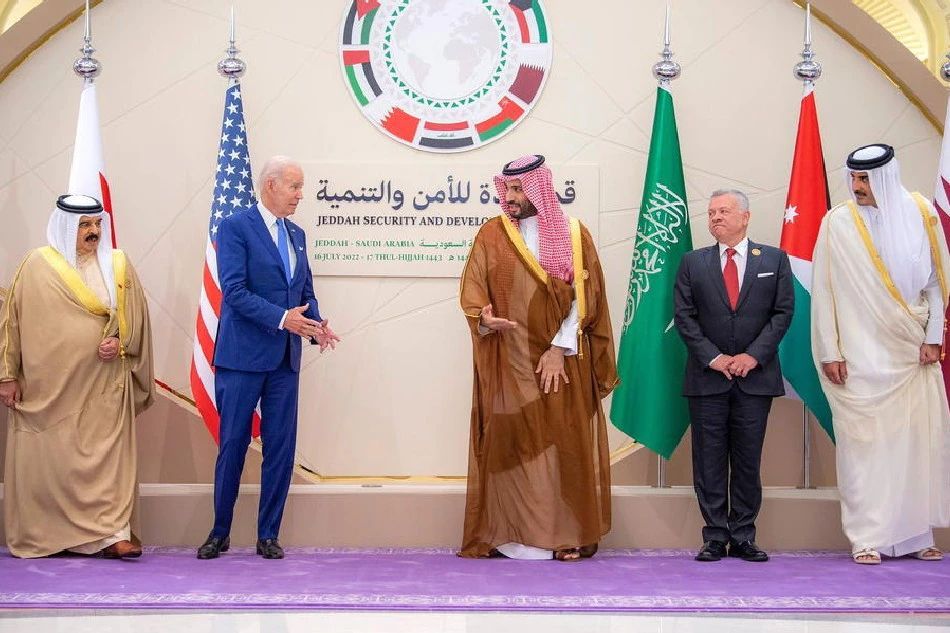
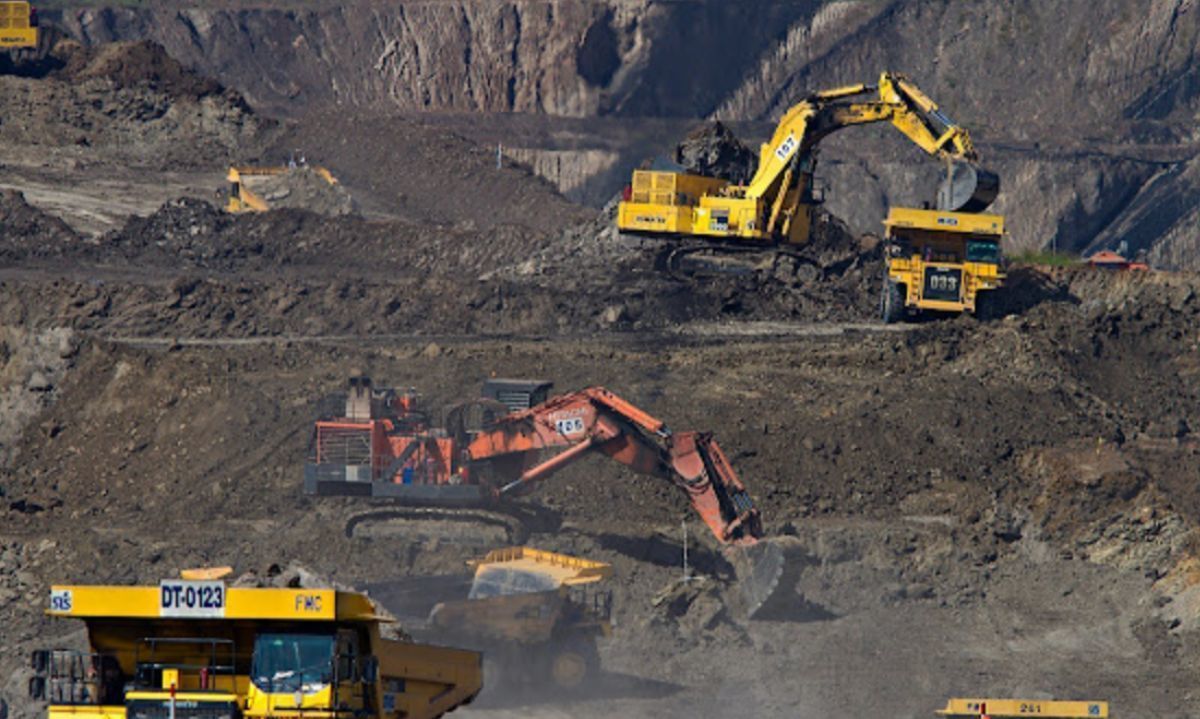
Equinox Partners Investment Management, LLC | Information as of 12.31.24 unless noted | *SEC registration does not imply a certain level of skill or training
Equinox Partners Investment Management, LLC | Site by Fix8


